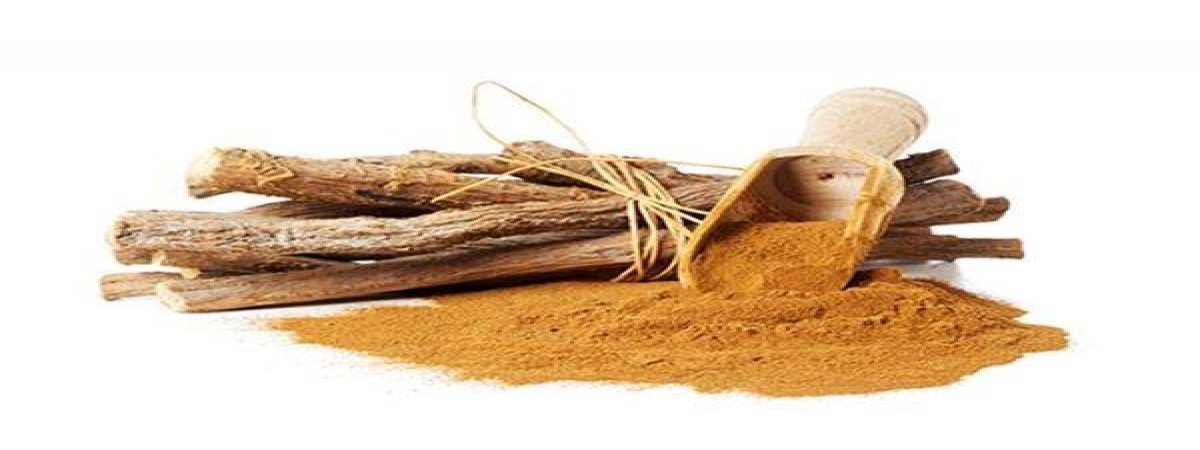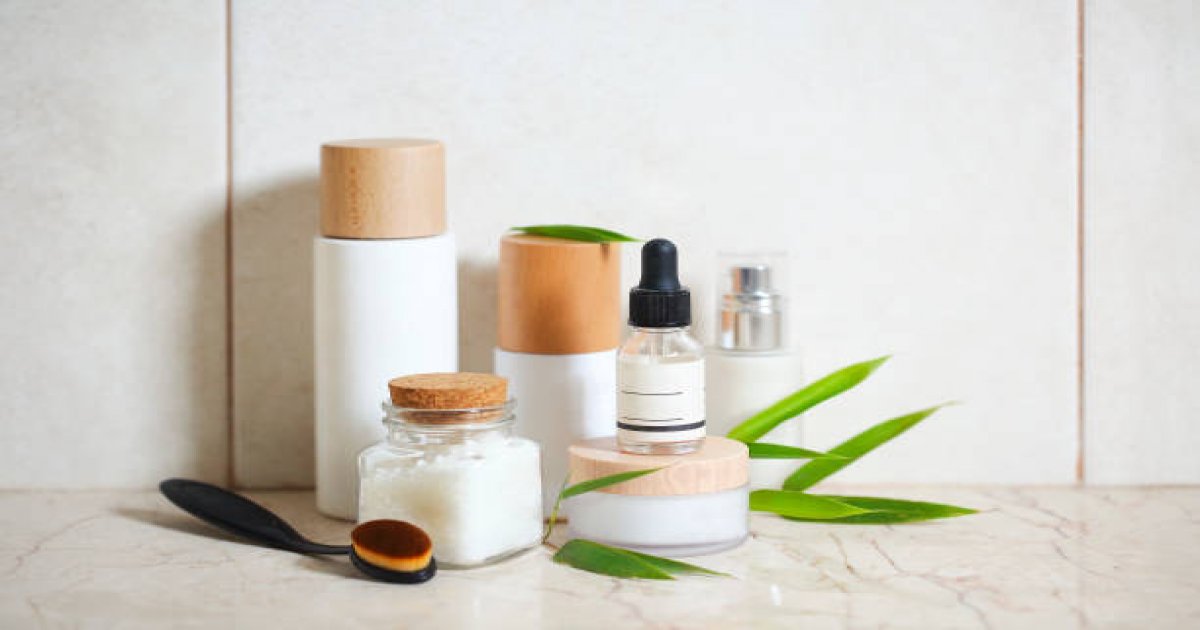Melasma is characterized by discolored patches on the skin. Its prevalence rate can reach up to 50%. In the United States, it affects about 5-6 million Americans.
While melasma is caused by a variety of things, most are usually triggered by prolonged sun exposure. Because of this, experts recommend adequate sun protection, especially in at-risk populations (those with skin of color).
While regular sunscreen use and protective clothing are helpful, some physicians also advocate for the use of secondary photoprotection. This pertains to certain creams and gels – which are usually made from natural ingredients – that may help reduce the skin damage resulting from sun exposure.
Kojic Acid
Kojic acid is the byproduct of fermented food, such as soy sauce, sake, and rice wine. Made from several types of fungi, it is often used to lighten the skin. That’s because it can help inhibit the formation of tyrosine, which plays a role in the production of melanin.
Because of this effect, Kojic acid has been used with other Melasma treatments. For one, a study has used 2% Kojic acid in addition to 2% hydroquinone and 10% glycolic acid. This combination helped reduce symptoms in 60% of the participants, compared to just 47.5% in the control group.
The same promising results were also seen in the comparative study between Kojic acid and Hydroquinone. Both helped reduce symptoms, however, the results were more dramatic in the Kojic group (28% compared to 21%).
Mulberry
Mulberry is a fruit that comes from the Morus species. Commonly found in North America and Asia, mulberry serves as the primary food source of silkworms.
Like most berries, mulberry is beneficial to one’s health. With its many vitamins, it may help reduce cholesterol levels and cancer risks, to name a few.
Mulberry may also be used to whiten skin, as it can help inhibit the action of tyrosinase, an enzyme necessary for melanin production. Because of this property, this fruit has been used to create some topical agents for melasma.
Research has shown that applying 75% mulberry extract oil may help reduce melasma severity scores from an average of 4 to 2.88. The only known side effect to this is mild itching, which was reported in 4 out of 25 patients.
Another study made use of the pulverized leaves of the Morus nigra (black mulberry) plant. Results show that compared to Kojic acid, mulberry fares better in inhibiting tyrosinase. Because of this, researchers suggest that it may be a promising natural whitening agent for melasma and other pigmentation problems.
Licorice Extracts

Obtained from the licorice root, licorice extracts are commonly used for cough, digestive problems, and infections. While these are already impressive, a study has shown that it may be useful against UV-related disorders (such as melasma) as well.
Such action is made possible by glabridin, a component that helps control melanin production in the skin. Results show that 0.5% glabridin was able to reduce UV-induced pigmentation in guinea pigs.
In response to this, a licorice derivative named Liquitrin was developed for melasma patients. Results showed noticeable improvements after 4 weeks of regular use.
Arbutin
Arbutin is extracted from the medicinal bearberry plant. It is a derivative of Hydroquinone, which is the gold standard for melasma treatment. Like most natural whitening ingredients, it can help inhibit the action of tyrosinase, which is often implicated in melanin production.
With that being said, Deoxyarbutin, an arbutin derivative, has been tapped for its potential against melasma. Results show that it works just as effectively in inhibiting tyrosinase.
Another study has suggested that Deoxyarbutin may be better than Hydroquinone, especially when it comes to controlling tyrosinase activity and melanin production in the skin. As such, researchers believe that it may be a good natural alternative for lightening melasma patches.
Vitamin C
Ascorbic acid is one of the more famous vitamins for the skin. With its natural brightening effects, it has been used in a number of pigmentation problems, including melasma.
In fact, one study made use of 25% L-Ascorbic Acid, which is less susceptible to oxidation, to treat melasma. After 4 weeks of use, participants reported their patches to have lightened. Add to that, they also reported a ‘better’ quality of life with regular use.
Vitamin C has also been compared to Hydroquinone, which is the usual treatment for melasma. Results show that Ascorbic Acid helped improve symptoms in 62.5% of the group. While the Hydroquinone group yielded better results, 68.7% of its participants experienced side effects. This is compared to just 6.2% in the Vitamin C group. Because of these, researchers have touted Ascorbic Acid as a good yet safe option for melasma.
Niacinamide
Niacinamide, an active form of Vitamin B3, is another potential agent for melasma. According to a study, Niacinamide works by preventing the transfer of melanosomes, which are organelles that are responsible for skin pigmentation.
In another study, 4% Niacinamide was shown to help improve pigmentation in 44% of the participants. Though the rate was lower compared to Hydroquinone (55%), Niacinamide had a lower rate of side effects (18% compared to 29%). As such, Niacinamide is believed to be a safer option for lightening melasma patches.
Lactobacillus helveticus (Probiotic cream)
- helveticus is a probiotic – a bacterium that is beneficial for the body. According to a study, probiotics may help protect the skin from UV-associated skin damage. This is because they can help reduce the sun’s immuno-suppressive effects on the skin.
In another study, results showed that L. helveticus’ primary mode of action is to scavenge free radicals. As a result, it may help reduce melanin production in the skin. Because of these whitening effects, L. helveticus may be ideal for people with melasma and other hyperpigmentation problems.
Green Tea
Green tea is famously known as a beverage, though it comes in topical formulations that may help address melasma. According to research, it contains catechins called gallic acid and ellagic acid, both of which may help reduce skin pigmentation and darkening.
In another study, it was shown that applying green tea may help reduce melanin deposition. This process is usually responsible for the dark spots seen in melasma and other skin conditions.

 Add to favorites
Add to favorites 





Be the first to comment